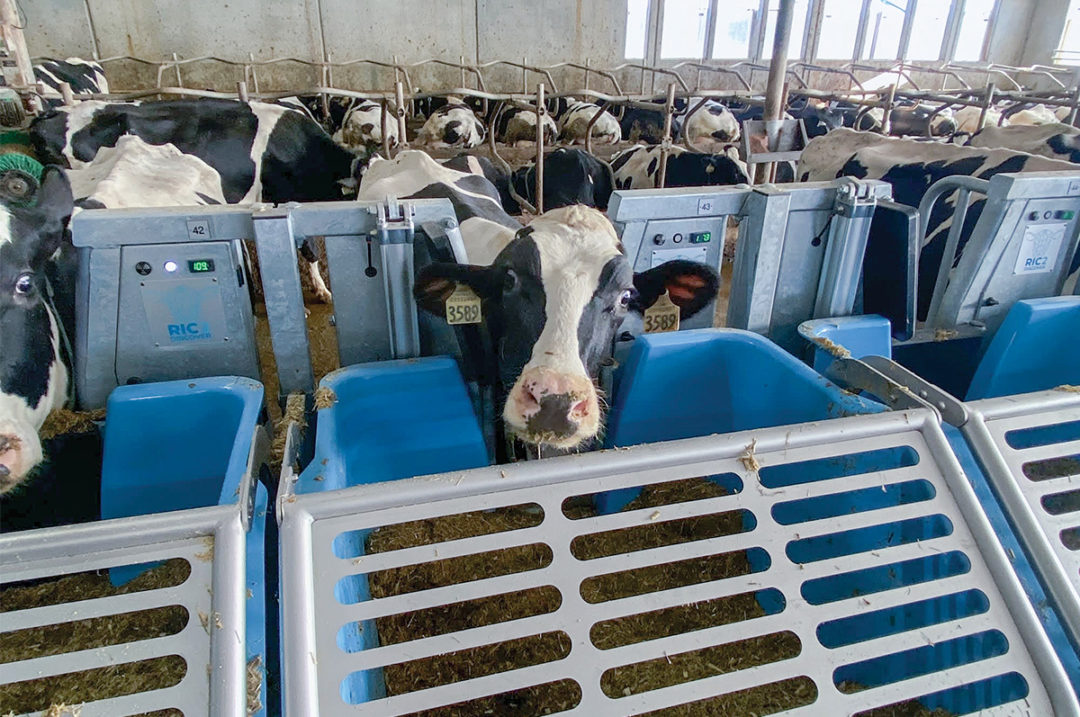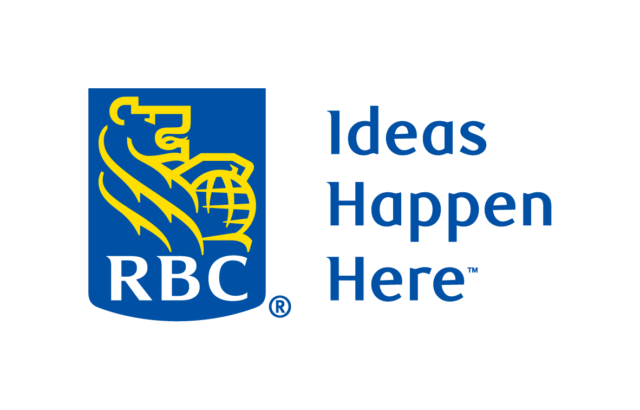Today, there is no shortage of buzzwords. With the abundance of terms such as “sustainability,” “regenerative” and “precision ag,” the agriculture industry is being pushed toward more eco-conscious practices, placing dairy farmers at a crucial crossroads in the face of a pressing question: What does sustainability mean for the economic strength of Canadian dairies?
As stewards of the land, Canadian farmers face extraordinary pressures to navigate the fine line between environmental responsibility and economic reality. In an industry inextricably linked to the socioeconomic conditions of the rural communities it upholds, the ability of humans to satisfy their basic need for food, and the land and animals from which it derives its value, it can be hard to reconcile these nonmonetary factors with farm profitability.
However, as in all industries, the agriculture sector continues to innovate, developing paths forward that allow producers to strike a not-so-elusive balance between climate consciousness and economic pragmatism.
Navigating policy uncertainties
During his recent keynote speech at Farm Credit Canada’s Ag Summit, Evan Shout, farm consultant, investor and CFO of Herbert Grain Ventures, shared his number one tip to ensure the longevity and sustainability of farms for generations to come. “We need to be economically viable before we can even start talking about anything else.” In theory, this seems simple and even obvious, but when faced with high interest rates, the loss of rural labour and communities, evolving trends and the like, simple return-on-investment (ROI) calculations are quickly muddled.
Some factors seem impossible to insulate against, such as the potential of changing policies or regulations to curb emissions and meet climate targets. Shout dubbed these policy outcomes the “biggest risk” to his farm. “I can insure against the environment, I can insure against price, I can cut costs and I can manage all the risks on my farm, except bad policy,” he noted during his speech.
However, the uncertainty of policy implementation now and in the future is a threat to any industry. Framing it as another fact of doing business can help keep the power of decision-making in the hands of farmers.
To stay ahead of the stress brought on by policy initiatives, Simon Jetté-Nantel, lead economist at Lactanet, advises producers to work within the parameters they can control. He recommends framing factors that seem like challenges as opportunities for growth and improvement, starting by asking questions such as, “What can I control? How [are changes] going to affect things on my farm? What are the opportunities for me to improve?”
When faced with a decision on the farm, begin by identifying the “low-hanging fruit,” as Jetté-Nantel suggests. “Identify moves that are going to help your bottom line and also represent a step in the right direction in terms of greenhouse gas emissions … you want to prioritize decisions that can address both of these things,” he explains.
Public perception
In addition to navigating policy uncertainties, sustainable practices and their implementation are influenced by public perception.
For producers like Ben Loewith of Summitholm Holsteins near Hamilton, Ontario, sustainability is as much about his own farm’s economic viability as it is about the dairy industry’s reputation in the eyes of consumers.
“Anything the industry can do to both genuinely make a difference from a sustainability standpoint but also from a reputational side is important … Like every industry, dairy farming has an environmental impact. If we can take simple steps to mitigate that damage, we should obviously take them,” says Loewith, who began breeding for methane efficiency last spring.
Loewith’s operation is consistently ranked as one of Canada’s best-managed herds and has implemented other environmentally conscious initiatives, such as installing a 2-acre solar panel field and bottling milk and cream in glass at the operation’s newly opened creamery, Summit Station Dairy.
Other producers, such as J.P. Brouwer, owner of Sunalta Farms in Ponoka, Alberta, are equally conscious of how consumer perceptions shape dairy farming. Despite Brouwer’s own skepticism around the need for calls to reduce the methane output produced by Canadian dairy cows, he fully embraces initiatives such as Dairy Farmers of Canada’s (DFC) pledge for net zero emissions by 2050 because he sees the opportunities it brings to not only appease consumers but also to affect a positive outcome on the profitability of his operation.
“[DFC] gives us things to do to help us get to that target, things that make more money anyways. So, why wouldn’t I do them?” Brouwer says.
Choosing the right way forward for your dairy
Like Loewith, Brouwer weighed the potential benefits of incorporating the newly developed methane efficiency trait into his breeding program – a trait that has promised to reduce methane emissions by 1.5% per cow per year, influencing methane production independent of milk, protein and fat yields. He discovered breeding for feed efficiency would be more effective for reaching his goals of reducing feed intake on his dairy to help increase production efficiency, making his herd inherently more methane-efficient.
Both dairies had production goals in mind when evaluating the potential of low-methane breeding. For Loewith, this meant ensuring the trait wasn’t positively correlated with unfavourable traits. “First and foremost, we're a business, and production and longevity have to be the number one and number two traits that we are breeding for,” he notes.
As with these examples, introducing new tools on farms – be it breeding for a specific trait or making a major technology upgrade – is influencing their competitiveness in the market, a concept Jetté-Nantel argues is crucial to the longevity of dairies. “The job of a dairy producer is to constantly compete to prove you can produce milk in a cost-efficient way that is in line with the values of Canadian society, including sustainability and greenhouse gas control or reduction,” he explains.
The bottom line on your bottom line
Despite changing policy and consumer demand, pushes to become more sustainable – regardless of your chosen definition – can complement efforts to improve farm profitability. “There are ways that greenhouse gases could be reduced on just about any farm and at the same time, improve profitability,” Jetté-Nantel says. “New tools are being created and found to try to create ways in which greenhouse gas reduction can happen – not at the expense of farmers' profit. There are win-win situations, and new technologies and practices will uncover others.”
The realities of the supply management system also help offset any potential costs of “going green” for the sake of policy or to stay ahead of consumer values. “If it's costing a little bit more to produce milk that meets certain standards, technically it should end up being reflected in the cost-of-production formula. Long term, I don't see a reason why the burden on the bottom line of producers, in general, should be worsened by [those costs]. Only those that didn’t adapt to the changing economic environment will be made worse off,” Jetté-Nantel assures.
Views on sustainability and climate change aside, stakeholders like Brouwer, Loewith and Jetté-Nantel see this time as an opportunity to reinforce dairy’s positive image without sacrificing profitability. “Let's put our best efforts forward in a way that caters to what the public perceives as necessary and that also positively impacts a producer's bottom line. Let's do what helps me and helps you,” Brouwer encourages.
Ensuring a resilient future for Canadian dairy requires tactical decisions that not only meet the demands of the present but also pave the way for a competitive industry for generations to come.










